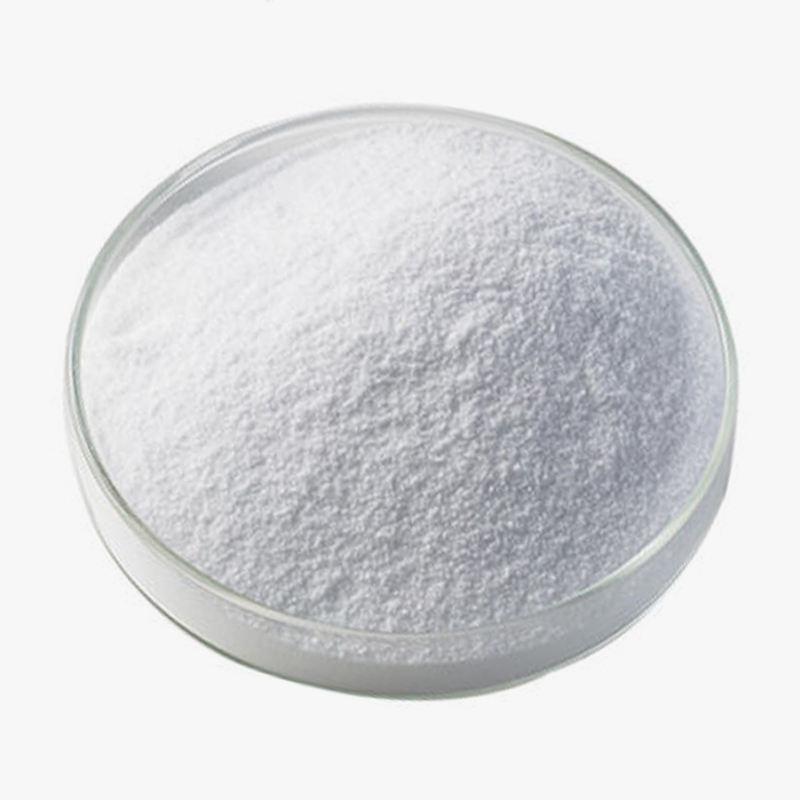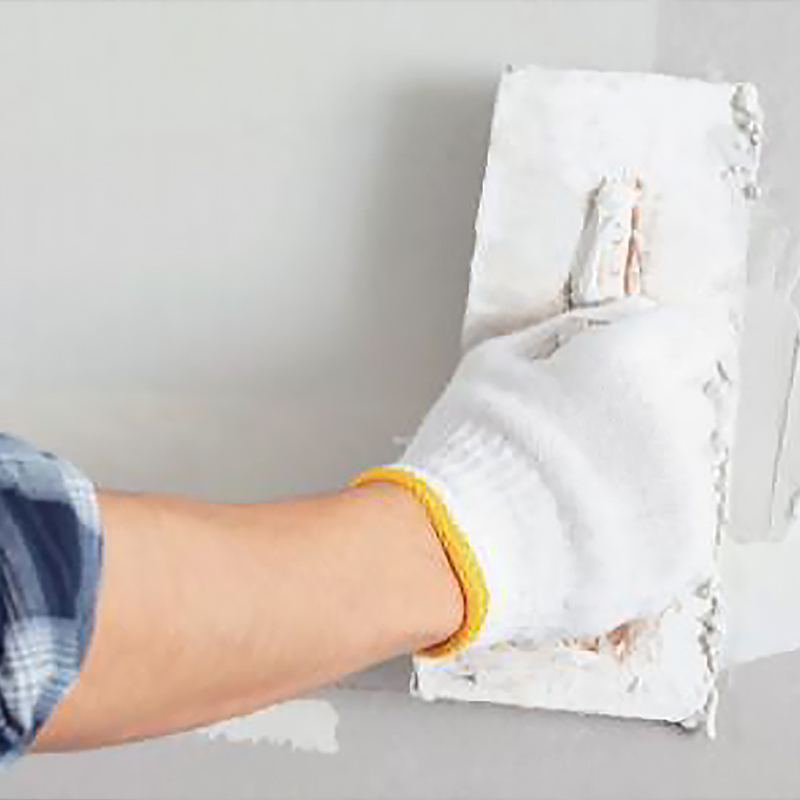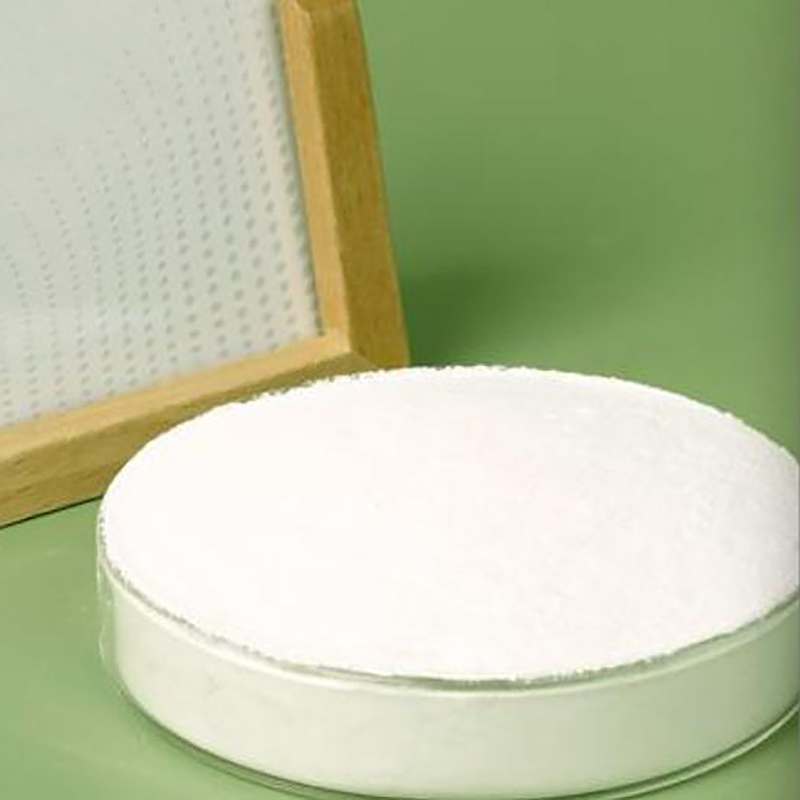1. The working principle of the MP series adhesives
- Molecular structure design
The MP series adhesives adopt an organic-inorganic hybrid molecular architecture, whose main chain is composed of siloxane (Si-O-Si) and the side chain introduces flexible polymer groups. This special structure gives the material dual characteristics: the inorganic part provides high temperature resistance (can withstand sintering temperatures above 800°C); the organic part maintains elasticity and relieves the internal stress of ceramics caused by thermal expansion and contraction.
- Nano-enhancement technology
Adding 5-20nm aluminum oxide nanoparticles as a reinforcement phase, the nanoparticles fill the gaps in the molecular chains, and the density of the bonding layer is increased by 40%. A three-dimensional network structure is formed, and the shear strength reaches 18MPa.
- Chemical bonding mechanism
The adhesive is bonded to the ceramic matrix through three bonding methods:
Covalent bond: dehydration condensation of silanol (Si-OH) and hydroxyl groups on the ceramic surface
Hydrogen bond: secondary bond between polymer chain segments and ceramic lattices
Mechanical interlocking: adhesive penetrates into ceramic micropores to form an anchoring effect
2. Performance advantages
|
Performance indicators |
MP series |
Epoxy resin |
Silicate |
|
Operating temperature |
800℃ |
180℃ |
600℃ |
|
Bond strength (MPa) |
18 |
25 |
10 |
|
Curing shrinkage (%) |
0.3 |
1.8 |
0.5 |
|
Resistance to moisture and heat aging |
5 |
2 |
4 |
3. Performance of structural durability
Thermal stability
Thermogravimetric analysis (TGA) shows that the temperature of 5% weight loss reaches 420℃ in a nitrogen atmosphere
Thermal cycle test (-30℃~300℃ cycle 100 times): bonding strength retention rate>95%
Environmental tolerance
Moisture and heat resistance: 1000 hours under 85℃/85%RH environment, no delamination and cracking
Chemical resistance: After immersion in acid (pH3) and alkali (pH10) solutions for 30 days, the bonding strength decay is less than 8%
Mechanical property optimization
Fracture toughness (KIC): 2.8 MPa·m¹/², 3 times higher than traditional adhesives
Fatigue life: After 10⁶ cycles of loading, the crack growth rate is less than 10⁻⁷ mm/cycle

 简体中文
简体中文 English
English русский
русский عربى
عربى Español
Español










